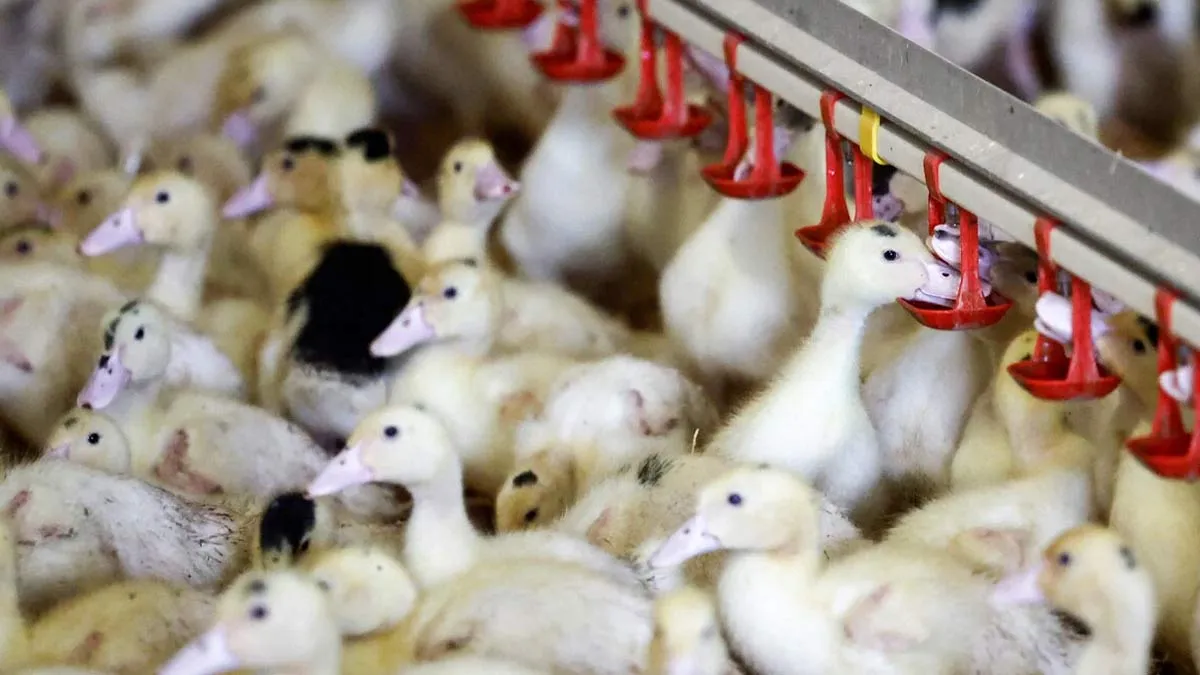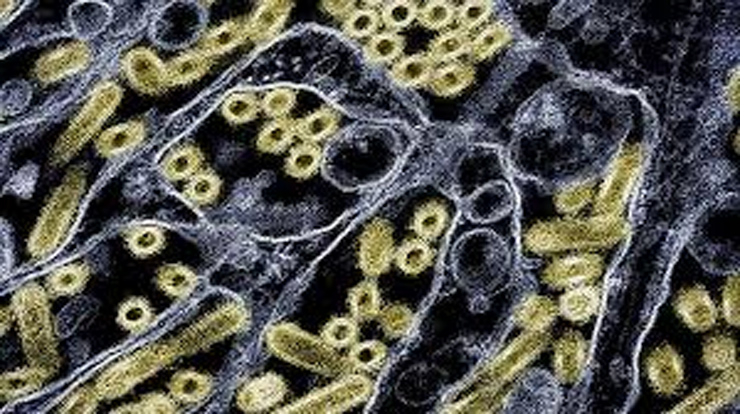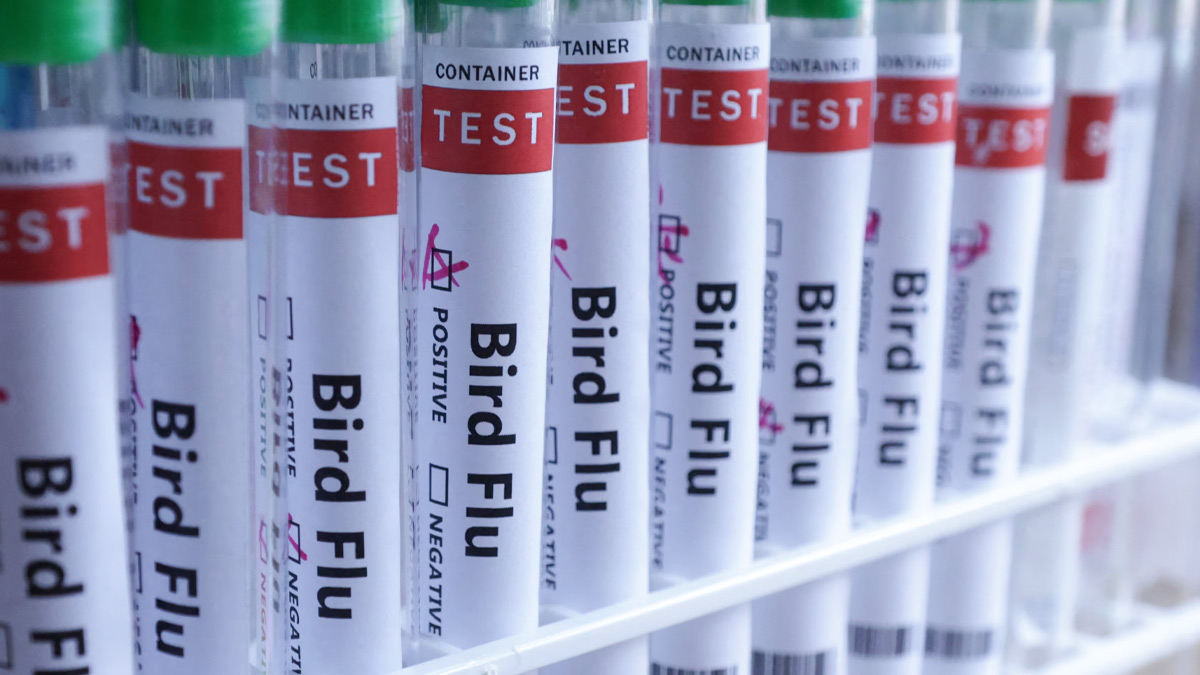
California has declared a state of emergency after the spread of the H5N1 bird flu virus among dairy cows in the state. This rare and concerning strain of avian influenza, first detected in U.S. dairy cattle earlier this year, has since been confirmed in 866 herds across 16 states. With the virus affecting both animals and humans, many are left wondering: How serious is this outbreak, and should the general public be concerned?
Table of Content:-
Why Did California Declare a State of Emergency?
Governor Gavin Newsom declared a state of emergency to ensure the state’s ability to manage the bird flu outbreak effectively. The proclamation allows government agencies to access necessary resources and respond swiftly to the crisis. One of the primary reasons for the state’s emergency status is the discovery of the virus in dairy cows, particularly in Southern California and the Central Valley.
California has conducted extensive testing, leading to the identification of the virus in at least 650 herds, which accounts for nearly 75% of the total affected dairy herds in the U.S. These findings have prompted the state to intensify its efforts to contain the virus, including the monitoring of large milk tanks during processing.

“The targeted action is essential to ensure we can respond quickly with the necessary resources and flexibility,” Newsom said, addressing the state’s proactive approach to the outbreak.
Is the Public at Risk?
While the H5N1 bird flu has spread widely through the country, the U.S. Centers for Disease Control and Prevention (CDC) reports that the virus remains a low risk to the general population. To date, there have been no confirmed cases of human-to-human transmission, and there is no evidence suggesting that the virus has mutated in a way that would allow it to spread more easily among people.
Also Read: Supreme Court Orders UP, Haryana to Ban Crackers in NCR to Combat Toxic Air Pollution
However, experts acknowledge that the situation remains fluid, and it’s too early to predict how the outbreak may evolve. Dr. Richard Webby, an influenza expert at St. Jude Children's Research Hospital, stated, “I don’t think we know yet,” acknowledging the uncertainty of the virus's trajectory.
Given the flu’s ability to mutate over time, experts are also concerned about potential genetic changes that could alter its behavior and increase its risk to humans. This uncertainty means that public health officials are on high alert, closely monitoring the situation to respond quickly to any developments.

Seriousness of Detected Cases
While most cases of H5N1 bird flu have resulted in mild symptoms in humans, there have been more serious instances, such as the recent hospitalization of a patient in Louisiana. This patient, who is over 65 and has underlying health conditions, developed severe respiratory symptoms and remains in critical condition. This case has raised concerns about the potential for more severe outcomes, especially for vulnerable populations.
Interestingly, this individual’s infection was linked to backyard birds, not dairy cattle, which highlights the potential for transmission from wild birds to humans. Previous U.S. cases have been limited to farmworkers or those with direct exposure to infected poultry or cattle. However, some cases, such as one involving an adult in Missouri and a child in California, remain unexplained, adding to the uncertainty surrounding the virus's behaviour.
Also Read: US Reports Its First Severe Case Of Bird Flu In A Patient In Lousiana
Should You Be Concerned?
At this time, the risk to the general public remains low, especially if individuals avoid direct contact with infected animals. While the virus has caused illnesses in humans, these cases have mostly been mild, with serious complications being rare. Health officials continue to stress that human-to-human transmission has not been observed, which is reassuring for most people.
However, the outbreak highlights the importance of monitoring the situation closely, as the virus could change over time. Experts urge those in areas affected by the outbreak, especially farmworkers and those handling poultry or dairy cattle, to take proper precautions. Additionally, efforts to monitor and contain the virus will continue as more cases are identified.
Bottomline
California’s decision to declare a state of emergency is a proactive measure in response to the spread of H5N1 bird flu, which has affected both livestock and humans. While the general public is not at high risk at this stage, the outbreak’s potential for mutation warrants close observation. For now, the CDC assures that the risk to most people remains low, but experts continue to monitor the situation to prevent further spread and ensure public safety.
Also watch this video
How we keep this article up to date:
We work with experts and keep a close eye on the latest in health and wellness. Whenever there is a new research or helpful information, we update our articles with accurate and useful advice.
Current Version